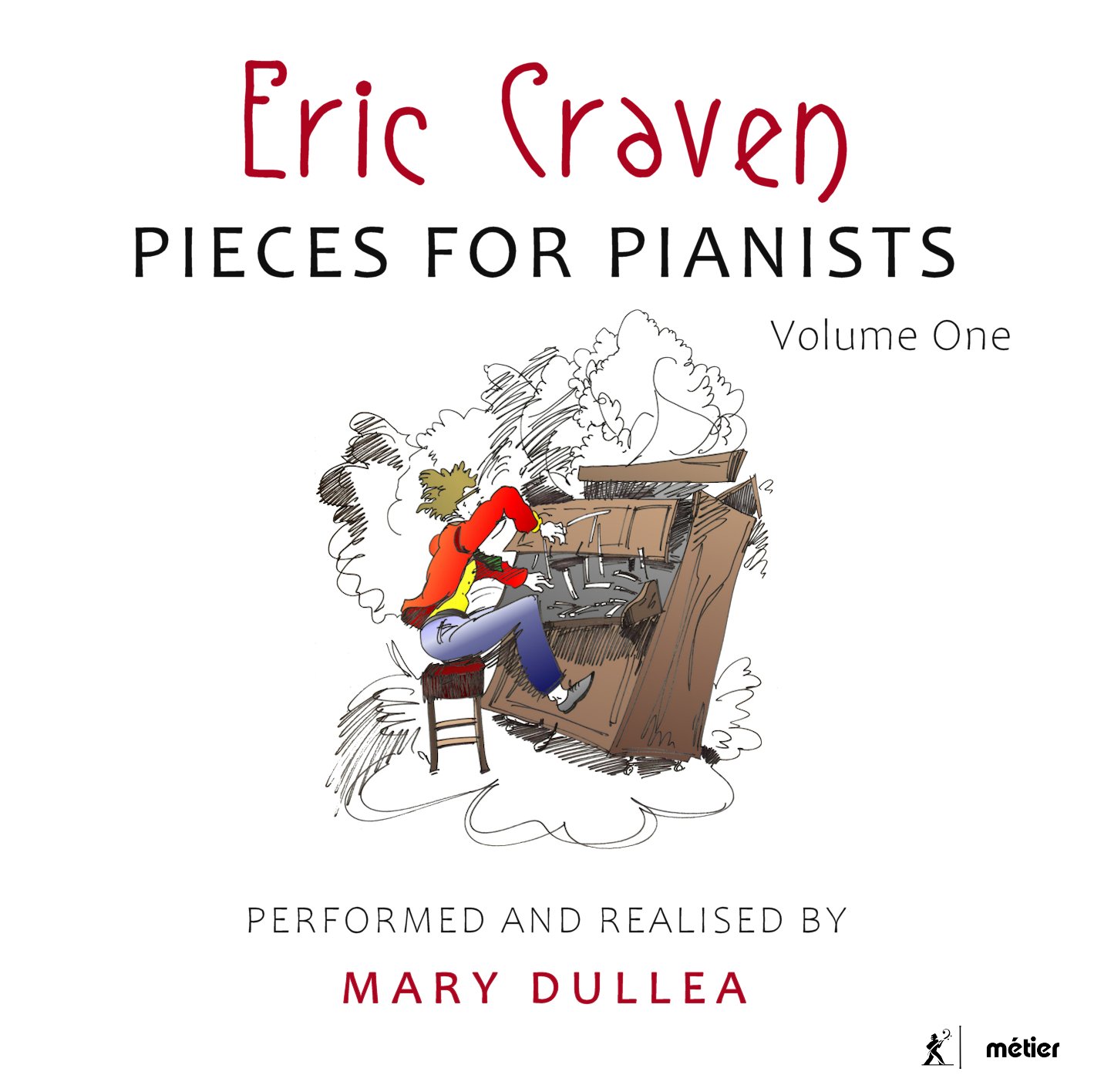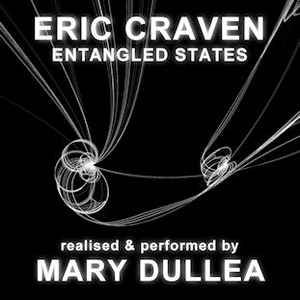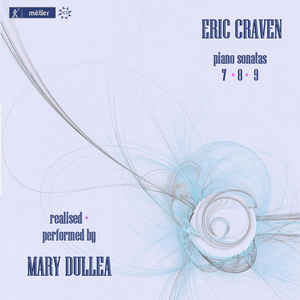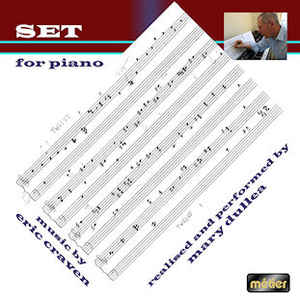Fanfare Music Magazine was founded in 1977 by Joel Flegler who, after 38 years, is still the publisher. The H.Q. of this bimonthly magazine is in Tenafly, New Jersey. It describes itself as “The magazine for serious record collectors”. It has also “become the magazine for serious musicians”. So not many jokes or laughs here then. It has more than 50 (serious) contributors, three of which were sufficiently attracted by the CD to forward a review.
I am fortunate again. All three reviews report my music in a charitable vein and have kind, generous comments and opinions to offer. This is not always so, especially with new music and new composers which so often seem to attract contentiousness and polemics for many reasons, some obvious, some not so. Q: To what extent is the evaluation of new music a subjective process dependent upon the personal values and preferences of the reviewer?
The first review is by Peter Burwasser who lives in Philadelphia. He has written about music for many years and, from an early age, seems to have been thoroughly engaged, immersed in music in many different ways, roles and capacities, one of these being editor of a new magazine Philadelphic Music Makers. He states that “my single most important goal as a writer about music is to get more people to listen… if we stop listening, it dies”. He feels “a special bond with the music of living composers”. I am one of those, just.
His review is mainly a technical appraisal of my non-prescriptive techniques. He goes on to say “[Craven’s] kind of wide ranging technique allows for considerable diversity in the music itself… it is not Minimalistic in the motoric, repetitive style of pioneering American practitioners such as Terry Riley and Steve Reich. Elsewhere the music is dense, even lush, especially in the Sonata No. 9, a three movement work that has the most traditional profile of the three here. He is a very interesting musical thinker, and there are intriguing ideas here”.
The second review is by Carson Cooman who is a research associate in Music and Composer in Residence at the Memorial Church Harvard University. He is a staggeringly prolific composer and, from what I have heard, his music is often charged with tremendous energy. He is also a concert organist, performing exclusively repertoire of the 20th and 21st centuries.
Of all the reviewers of these sonatas he is the only one who possesses a score to Sonata No. 8 because, as you might have read in an earlier post, after having listened to my “Set for Piano,” Carson contacted me and asked me to write a piece for him. I don’t for one second imagine that he would have expected anything like this sonata which is written almost entirely and uniquely in Middle Order format.
After a brief technical explanation of my compositional methods employed in the pieces he goes on to say “Craven’s interest and background in open form writing comes not from the John Cage aesthetic, but rather through the freedom found in improvisational styles (such as jazz). Thus the resulting music is not nearly as avant-garde as the description of its construction might lead one to believe. Scott McLaughlin’s extensive booklet notes provide a detailed trip through the pieces and their similarities and differences… The overall result of all three sonatas is an engaging listening experience that repays revisiting. There is nothing at all off-putting about Craven’s material, and while at times the forms are illusive on a first hearing of such large-scale music, subsequent listens (sic) begin to reveal further connections… Mary Dullea inhabits and conveys Craven’s musical landscape with both sensitivity and virtuosity”.
The third review is by Mary Nockin who lives in “a piece of beautiful desert land between Casa Grande and Gila Bend” where she writes and paints. Indeed some parts of her review are quite painterly. She was born into a family of classical music enthusiasts in New York City and studied piano, violin and singing. Later at Long Island she taught English and theater (sic), arts and was a soprano soloist at the local cathedral. She now writes for a number of music publications and is an opera critic.
Her article commences with a very brief introduction to Non-Prescription which precedes a brief analysis of the sonatas. One of her comments echoes Fanfare’s description of itself “This is not music for casual listening, but it is fascinating for the serious music lover” which, in a very tenuous way, provides some sort of symmetry, a book-ending for this post.
To read the complete reviews please enter Reviews of Metier MSV 28554 Eric Craven Piano Sonatas





